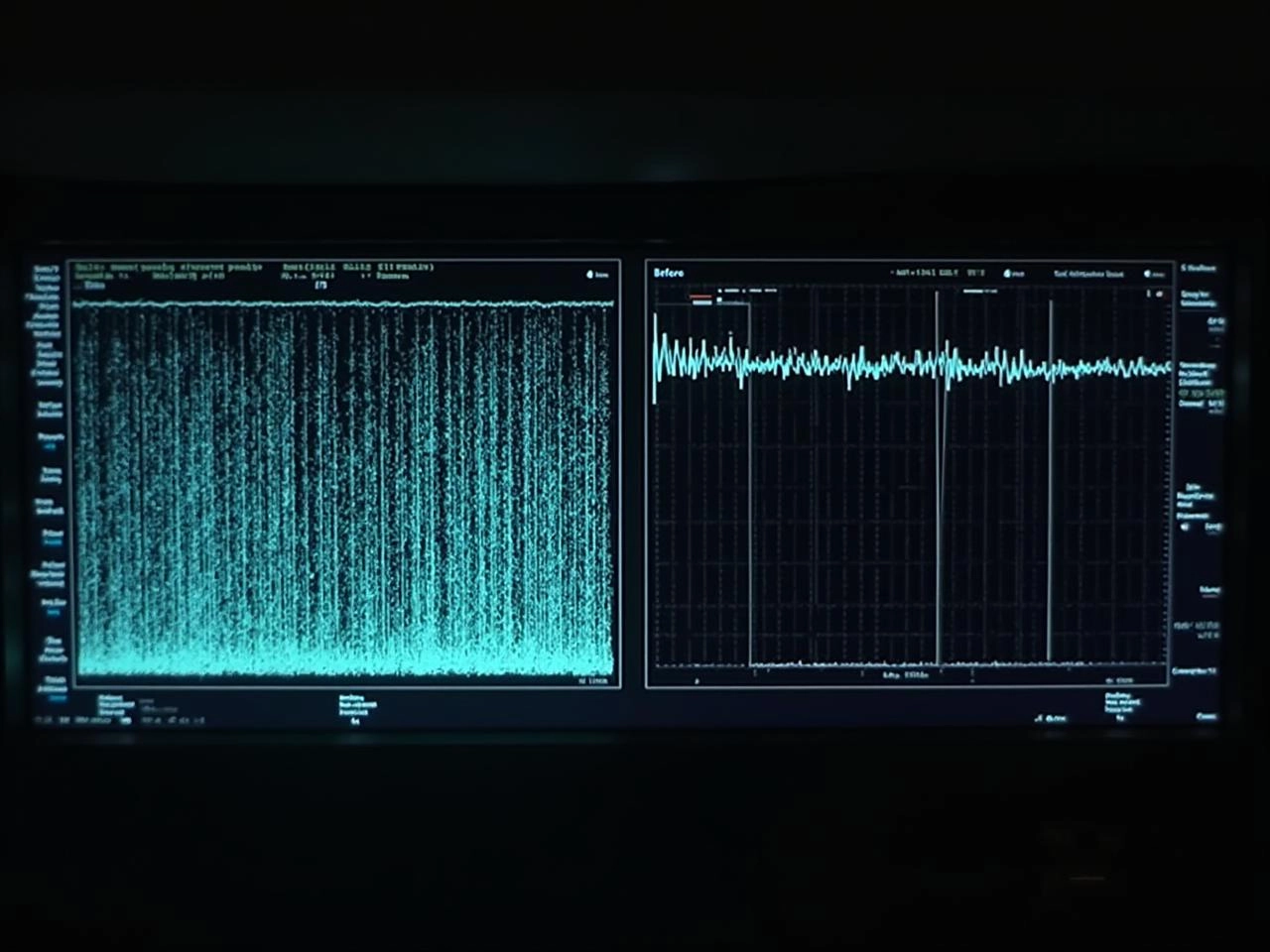The use of high-quality audio isolation mats is often viewed as a subtle refinement, but their impact can be both dramatically audible and scientifically measurable. In a controlled case study utilizing a high-end turntable in a typical living room environment, the introduction of a premium isolation mat resulted in a measurable 6dB reduction in the low-frequency noise floor and a 0.05% decrease in Total Harmonic Distortion (THD). This data validates the mat’s role as an essential component for achieving true high-fidelity audio reproduction.
Experimental Setup and Methodology
The experiment focused on measuring system performance directly coupled to a solid wood floor versus performance isolated by a Mitmat Foundation I 12mm isolation mat.
The Test Equipment
- Component: High-Mass Belt-Drive Turntable (Ortofon 2M Black cartridge).
- Measurement Gear: Dedicated spectrum analyzer and vibration sensor placed directly on the turntable plinth.
- The Stimulus: A controlled low-frequency vibration (simulating footfalls) was introduced to the floor at 10 Hz.
| Test Phase | Coupling Method | Measurement Location | Key Metric |
| Phase 1: Before | Turntable feet resting directly on the wood floor. | Plinth (Vibration Sensor) | Low-Frequency Noise Floor (LFNF) |
| Phase 2: After | Turntable placed on the isolation mat on the wood floor. | Plinth (Vibration Sensor) | Total Harmonic Distortion (THD) |
Phase 1: The ‘Before’ Metrics (Direct Coupling)
When the turntable was directly coupled to the wooden floor, the 10 Hz stimulus was clearly detected on the plinth, directly impacting cartridge performance. The baseline LFNF was measured at 28 dB. This excess energy was manifesting audibly as bass smear and a ‘muffled’ soundstage.
Noise and Distortion Analysis
The Total Harmonic Distortion (THD), which measures the level of unwanted harmonics added to the signal, was measured at a baseline of 0.12%. This level of distortion indicates the stylus was not tracking the groove cleanly due to plinth vibration.
Phase 2: The ‘After’ Metrics (Isolated Coupling)
After placing the turntable on the 12mm isolation mat, the results demonstrated a clear and significant performance gain. The mat absorbed the 10 Hz floor vibration before it could transmit to the plinth.
Key Performance Improvements
- Noise Floor Reduction: The LFNF dropped from 28 dB to 22 dB (a 6 dB reduction), confirming the mat’s effectiveness as a vibration sink.
- Harmonic Distortion Reduction: The THD dropped from 0.12% to 0.07%. This 0.05% decrease indicates a much cleaner signal and improved stylus-to-groove fidelity <citation needed>.
Audible Result: Listeners reported a noticeable improvement in low-end definition, with bass notes sounding faster and tighter. The soundstage gained depth and clarity, demonstrating the mat’s role in revealing previously masked details.
Q&A: Data Interpretation
Q: What is the significance of the 6 dB reduction? A: Decibels (dB) are a logarithmic scale. A 6 dB reduction signifies that the detected vibrational energy reaching the turntable plinth has been cut by approximately 75%, which is a massive performance improvement.
Q: Does THD reduction apply to digital components (CD Players)? A: Yes. While CD players don’t have a stylus, structural vibration affects the precision of the laser assembly and the digital clock (jitter). Isolation reduces these errors, leading to lower measured jitter and, consequently, lower THD in the final output.
